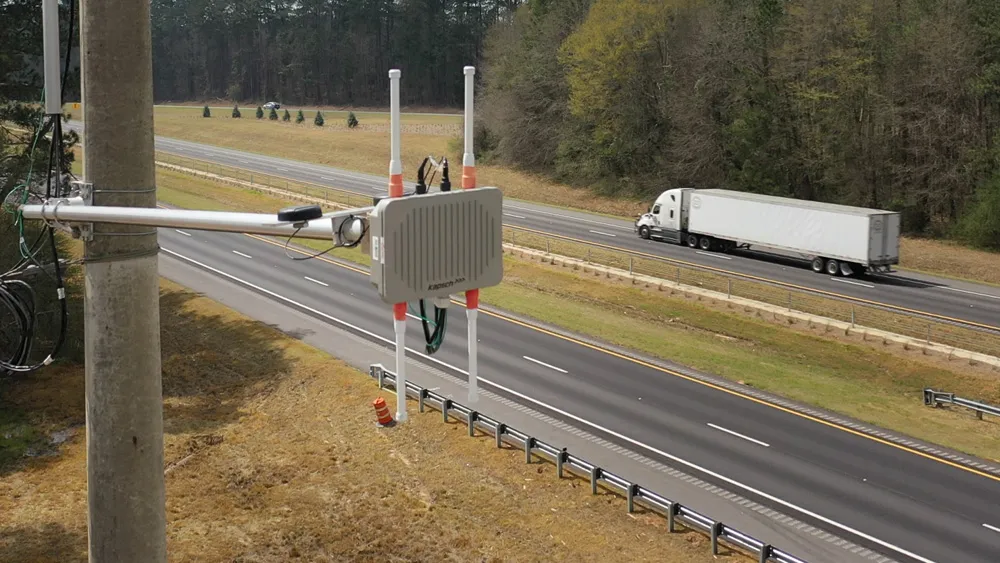Singapore’s Land Transport Authority (LTA) is to conduct a six month trial of over-height vehicle sensors along a stretch of Upper Bukit Timah Road in a bid to prevent drivers hitting overhead road structures with a 4.5m clearance. If the pilot is successful it may be extended to more locations.
When the system senses an approaching over-height vehicle, it will display a visual warning to alert the driver that his vehicle may hit the structure.
Since 2010, there have been 24 incidents involving over-h
September 29, 2014
Read time: 1 min
Singapore’s 918 Land Transport Authority (LTA) is to conduct a six month trial of over-height vehicle sensors along a stretch of Upper Bukit Timah Road in a bid to prevent drivers hitting overhead road structures with a 4.5m clearance. If the pilot is successful it may be extended to more locations.
When the system senses an approaching over-height vehicle, it will display a visual warning to alert the driver that his vehicle may hit the structure.
Since 2010, there have been 24 incidents involving over-height vehicles and, while incidents involving over-height vehicles, or vehicles with crane booms, etc. still extended, hitting overhead structures are relatively low, many can be prevented.
When the system senses an approaching over-height vehicle, it will display a visual warning to alert the driver that his vehicle may hit the structure.
Since 2010, there have been 24 incidents involving over-height vehicles and, while incidents involving over-height vehicles, or vehicles with crane booms, etc. still extended, hitting overhead structures are relatively low, many can be prevented.








